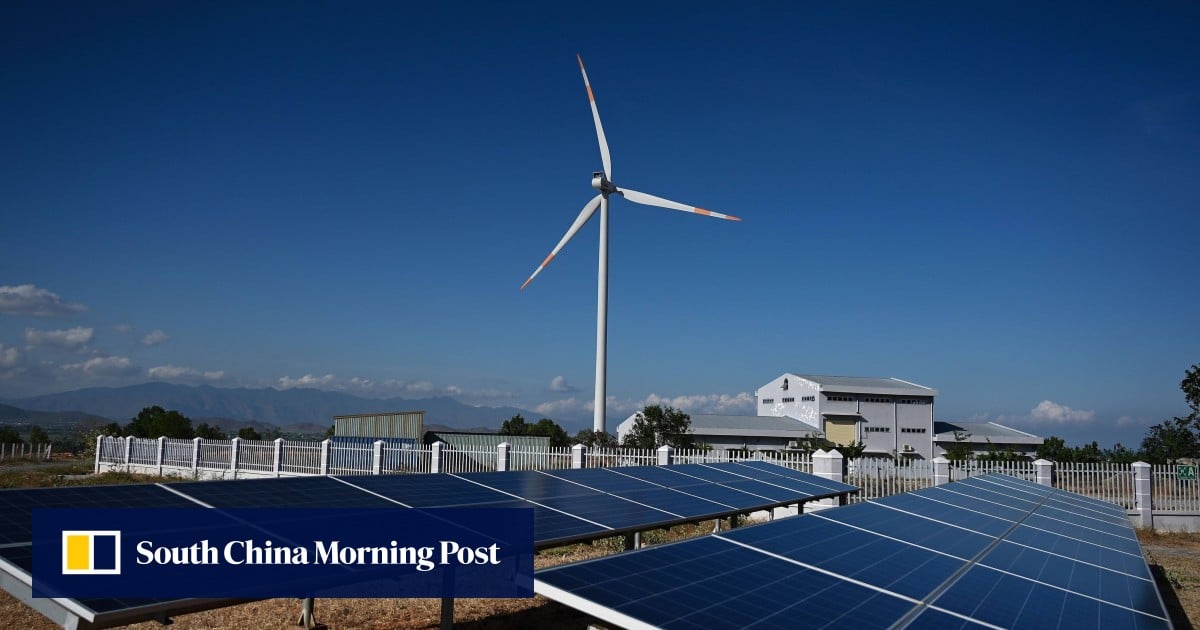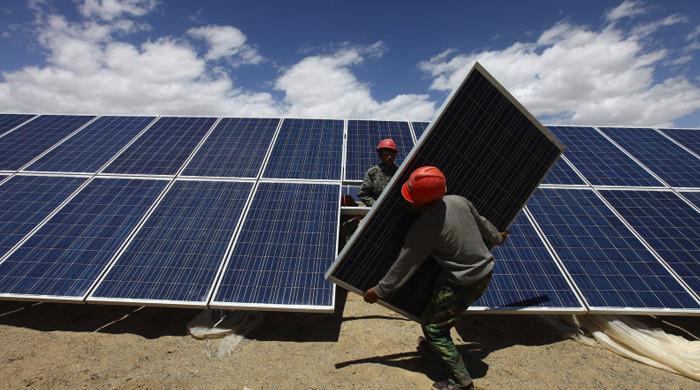China’s Solar Surge and Its Impact on ASEAN’s Renewable Energy Aspirations
China’s substantial strides in solar energy installation, adding 216.9 gigawatts in 2023, outpacing the United States, promise to fortify Southeast Asia’s renewable energy sector. This surge has resulted in a significant drop in solar module prices globally, making solar power more commercially viable.
China’s Solar Module Exports Transform the Global Landscape
China’s solar module export prices have halved, enhancing efficiency due to substantial investments in research and development. The resulting oversupply creates a buyer’s market, allowing Asian countries, including ASEAN nations, to consider solar power as a viable alternative for expanding their energy systems.
Opportunities and Challenges for ASEAN Nations
While ASEAN nations such as Thailand, Vietnam, and Singapore aim to accelerate their renewable capacity to meet net-zero emission goals, challenges persist. The oversupply of modules from China creates opportunities but challenges include limited access to finance, underdeveloped markets, inadequate grid infrastructure, and insufficient battery storage systems.
China’s Investments and ASEAN’s Renewable Growth Potential
China’s commitment to invest in solar power projects in countries under its Belt and Road Initiative, especially in Southeast Asia, amounts to $36.6 billion, fostering projects like the Mekong River Floating Solar Project in Thailand, the Don Sahong Dam Solar Project in Laos, and the Cirata Floating Solar Project in Indonesia.
The Road Ahead for ASEAN’s Renewable Energy Ambitions
Despite China’s role in expanding access to renewable equipment and generation in ASEAN, challenges persist. The region’s dependence on fossil fuels, particularly coal, remains substantial. Clear and consistent policies, incentives, and long-term financing are crucial for realizing ASEAN’s renewable energy potential. Collaboration with China, sharing insights and experiences, could further catalyze the region’s shift towards sustainable energy sources.
As ASEAN grapples with the transition to cleaner energy, collaboration, regulatory clarity, and strategic investments will play pivotal roles in realizing the full potential of the region’s renewable energy sector.
Source:scmp.com





